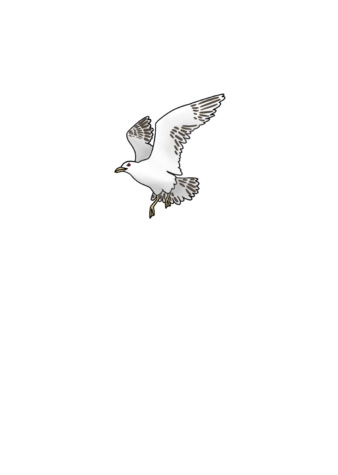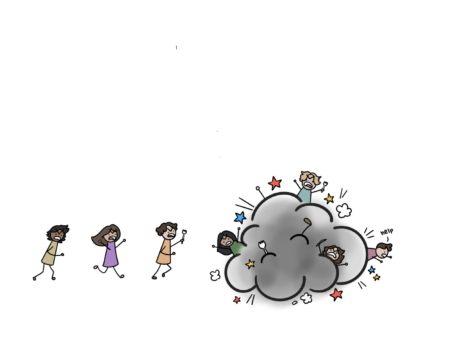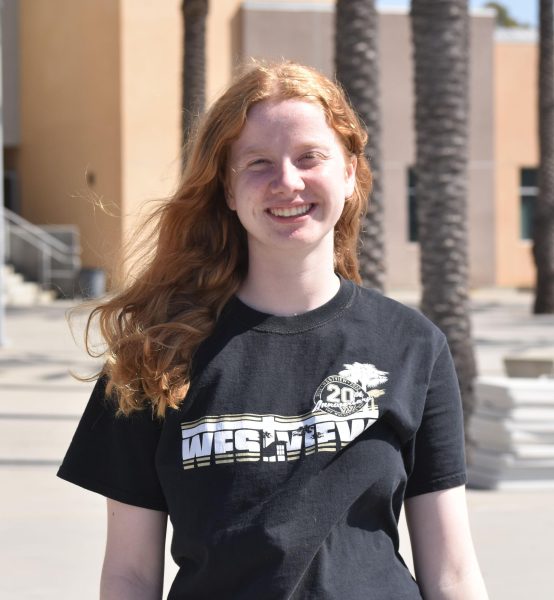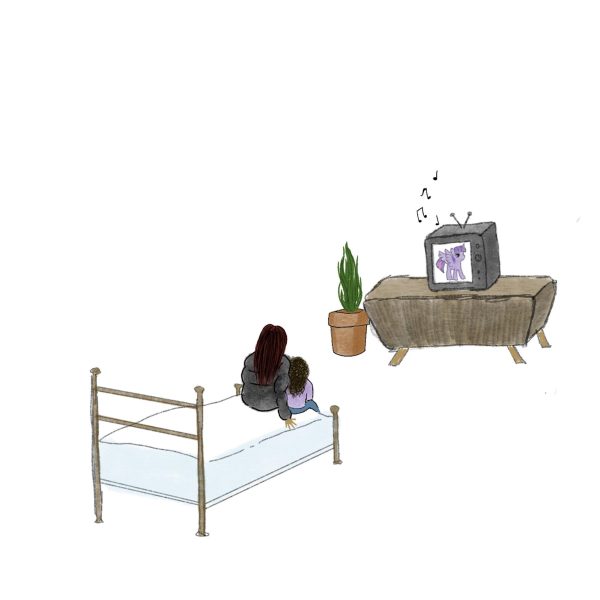Westview Wilderness
Poop-slinging predators and war crimes: a study
Poop-slinging predators and war crimes: a study
Westview’s native population is a diverse array of species, perfectly adapted to surviving in this beautiful but brutal environment. In this environmental analysis, we hope to illustrate the many facets of this habitat, and the complex conditions of its species. One such animal is the larus argentatus, more commonly known as the seagull. This distinctive denizin of the sky is often seen overhead, occasionally dropping a fresh batch of excrement onto an unlucky passerby.
The recipients are usually very surprised by this sudden attack from above, and before they can react to the unforeseen danger, the seagull is often well beyond their reach, alighted on a lamp post. As it settles down on its new perch, all the student can do is wave their fist at it, and possibly rethink wearing that black sweatshirt.The student will go on with their day, and eventually forget about the manure mishap. Little do they know, the vicious cycle continues, week after week, with numerous unsuspecting souls falling prey to these poop-slinging predators.
Some may wonder why these demons have decided to make Westview their home, and for that, there is a simple answer: Teenagers. Yes, these adolescent animals constantly leave uneaten food around campus, attracting the fowl. Most of the time, the diet of the average high-schooler and that of a seagull bear striking similarities. Their meals usually consist of chips, candy, and other kinds of junk food. These sugary delights sustain the students through finals, and the seagulls through winter.

As we can see, the seagulls are not the only ones who benefit from the strewn refuse, as the ants, their scientific name being formicidae, build their colonies upon the discarded wrappers of food items left by the high-schoolers.
As soon as the careless student eating a Nature Valley bar takes that first bite, the ants start to form ranks, preparing for war. As they march toward the leftover debris pounded into the carpet, they trample everything in their path. The unfortunate classroom where the tidbit was dropped is paid a visit by thousands of little ant soldiers, all vying for a piece of the crumb. Once at the morsel, they break ranks, circling around it and biting off small chunks.
Formicidae are efficient little creatures, relying on their brethren to help them carry the heaviest of particles back to their lair. Nothing is left behind. Once the ants are done feeding, a clean sopt on the floor is the only thing left behind. (Quite unlike student lunchtimes, where more food makes it onto the floor than into the student’s mouths.)To see how all this garbage was strewn about campus with the carelessness of a senior in their last few weeks of school, we go back to where it all started… The end of second period.
As the bell rings throughout the school, ants scatter and the seagulls take flight; students come pouring out of their classrooms. Sprinting toward the lunch lines, they call out to their friends, congratulating each other on making it out of AP Chem alive.
As soon as lunch starts, the students rush to the food windows, all focused on one single goal: spicy chicken sandwiches. Yes, you heard that right. They are known to be one of the students’ favorite foods, and come lunchtime, the entire student body is crammed up against the food-service windows. They compete for the first spot in line, committing atrocities for the prospect of eating a breaded piece of chicken in between two slices of somewhat stale bread. The strongest make their way to the front, a semi-warm sandwich waiting for them, while the students in the back are left with the ice cold ones that may or may not have ever been heated up in the first place. Once the students have had their fill, they then retreat to their designated territories and feast upon their spoils.
After this feeding frenzy, more colloquially known as lunch, has ended, the other species of Westview emerge from the dens where they safely weathered the storm of a high-school lunch period.
After the ants come out from their lair, and the seagulls swoop down from their perches, all they see in the wake of the high schoolers’ destruction is their leftovers. There are plastic bottles in the grass, uneaten vegetables mashed on the concrete, and (somehow) an unfortunate student’s shoe, stuck on top of a lamp post. Whether the work of seagulls or students, we will never know.
One thing we can glean from these lunchtime leftovers is that survival-of-the-fittest is prevalent in all of the species of our dear school. The ants invading previously empty classrooms to find a dropped crumb, and the students committing war crimes for the first spot in line illustrate this campus’s unforgiving landscape. Witnesses to all this, the ever present seagulls sit on lamp posts and squabble over stale french fries, occasionally dropping a deuce onto passerby.
While the seagulls are prime examples of the many species of our school, there are so many more. We could only cover a few examples of the complex cadences of campus life here at school. But before we end our fascinating coverage of the wilds of Westview, just remember this: The seagulls are always watching. Always.



